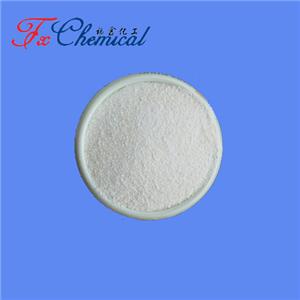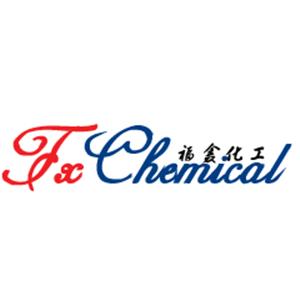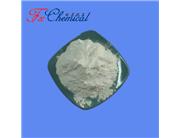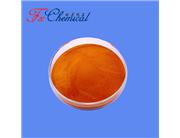What is 4-Aminobenzocyclobutene?
4-Aminobenzocyclobutene (4-ABC) is an organic chemical compound that consists of an aminobenzene ring (aniline) attached to a cyclobutene ring. The structure can be visualized as a benzene ring substituted with an amino group (-NH₂) at the 4-position, and a cyclobutene ring fused to the benzene ring.
This compound is of interest in materials science and organic chemistry because of the strained four-membered cyclobutene ring, which can undergo reactions that are not possible with more stable structures. In particular, 4-aminobenzocyclobutene can be used as a precursor in the synthesis of polymers, resins, and other advanced materials due to its potential for polymerization and cross-linking.
In addition to its use in material science, the reactivity of the cyclobutene ring and the presence of the amino group make 4-ABC a valuable intermediate in various organic synthesis reactions, including the development of pharmaceuticals and agrochemicals.
Applications of 4-Aminobenzocyclobutene
4-Aminobenzocyclobutene (4-ABC) has several important applications, particularly in the fields of materials science, organic synthesis, and electronics. Here are some of the key applications:
1. **Polymer Chemistry:**
- **Cross-Linking Agent:** 4-ABC is used as a monomer or cross-linking agent in the synthesis of high-performance polymers. Its cyclobutene ring can undergo ring-opening polymerization, leading to the formation of polyarylenes or other advanced polymeric materials. These polymers are known for their high thermal stability, chemical resistance, and mechanical strength.
- **Adhesives and Coatings:** Due to its ability to form highly cross-linked structures, 4-ABC is utilized in the formulation of specialty adhesives and coatings, which are essential in industries requiring durable, high-performance materials.
2. **Microelectronics and Semiconductors:**
- **Dielectric Materials:** 4-ABC derivatives are used in the production of low dielectric constant (low-k) materials, which are important in the microelectronics industry. These materials help to reduce signal delay and cross-talk in integrated circuits, improving the performance of semiconductor devices.
- **Photoresists:** 4-ABC can be used in the development of photoresist materials, which are essential in the photolithographic processes used to manufacture microelectronic components.
3. **Organic Synthesis:**
- **Precursor for Advanced Materials:** 4-ABC serves as an intermediate in the synthesis of a variety of organic compounds, including pharmaceuticals and agrochemicals. Its reactivity due to the strained cyclobutene ring makes it a valuable building block for complex molecular structures.
- **Functionalization Reactions:** The amino group in 4-ABC allows for further chemical modifications, enabling the synthesis of diverse functionalized compounds.
4. **Research and Development:**
- **Material Innovation:** Researchers utilize 4-ABC in the development of new materials with unique properties, such as self-healing materials, conductive polymers, and other innovative technologies that require precise control over the molecular structure.
In summary, 4-Aminobenzocyclobutene is a versatile compound with applications that span from high-performance polymers and advanced electronics to cutting-edge research in material science.
Package
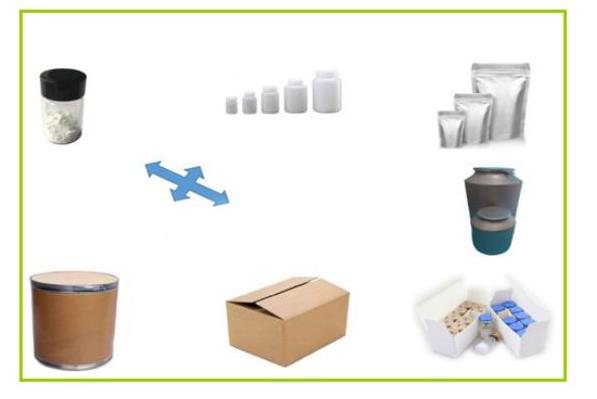
Shipping

Conpany information
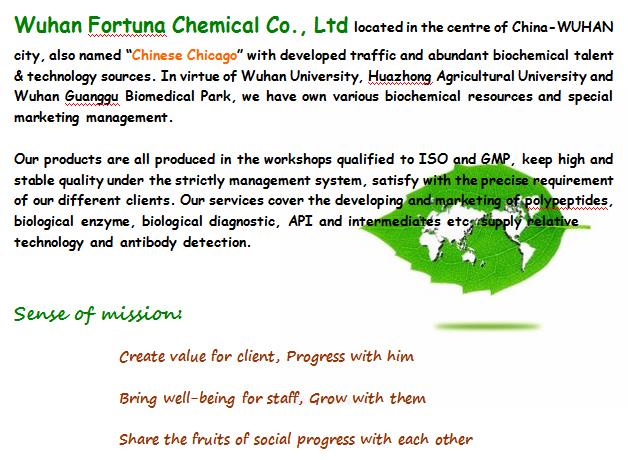
Contact information
Export sales: Ishara Zhang
Skype:Fortunachem201303
E-mail:hk@fortunachem.com
Tel:+86-27-59207851
Whatsapp/Wechat:+8618007136271

 China
China
